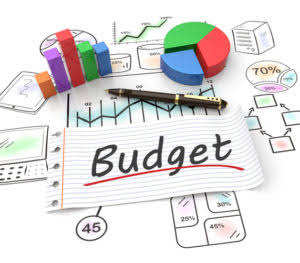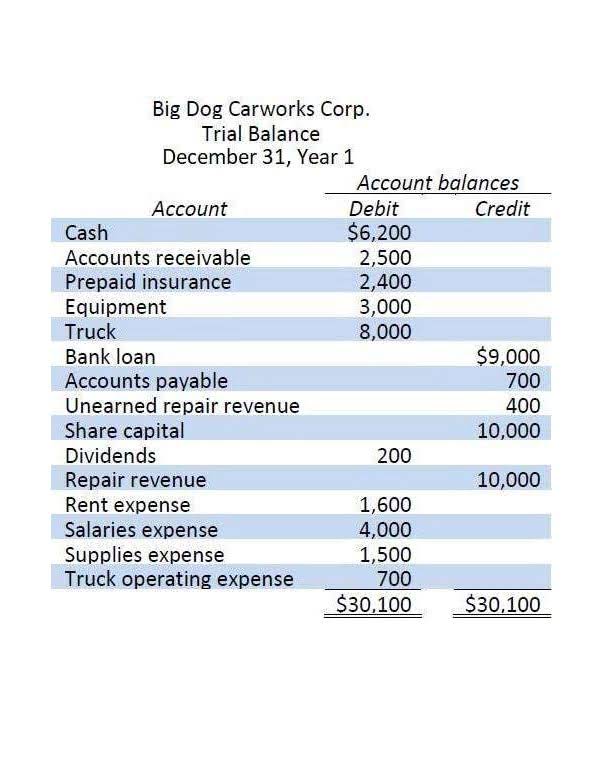
It is calculated by subtracting accumulated depreciation from the asset’s original Accounts Payable Management cost. If a company wants to front-load depreciation expenses, it can use an accelerated depreciation method that deducts more depreciation expenses upfront. Many companies use a salvage value of $0 because they believe that an asset’s utilization has fully matched its expense recognition with revenues over its useful life. Salvage value, also known as residual value or scrap value, is a fundamental concept in accounting and asset management. It refers to the estimated value that an asset will have at the end of its useful life.
- The salvage value calculator evaluates the salvage value of an asset on the basis of the depreciation rate and the number of years.
- The Salvage Value is the residual value of a fixed asset at the end of its useful life assumption, after accounting for total depreciation.
- Depreciation is an essential measurement because it is frequently tax-deductible.
- Finally, subtract the tax on the gain or add the tax on the loss to the net selling price to get the after-tax salvage value.
- First, companies can take a percentage of the original cost as the salvage value.
Book Value, Market Value, and Scrap Value
- Salvage value is also called scrap value and gives us the annual depreciation expense of a specific asset.
- Some methods make the item lose more value at the start (accelerated methods), like declining balance, double-declining balance, and sum-of-the-years-digits.
- The double-declining balance method is a depreciation technique used to calculate the reduction in value of an asset over its useful life.
- It’s the amount a company thinks it will get for something when it’s time to say goodbye to it.
- Gains or losses may arise depending on the asset’s book value relative to the sale price.
- Scrap Value is a projected value of an asset that can’t be used any longer for original purposes.
The scrap value of a machine is essential when selling it, as it determines the selling price and can be re-utilized for purchasing new machinery. This value can be a barometer of the machine’s resale value, but the selling price is ultimately determined by the buyer. Accurately estimating the salvage value of your assets is crucial for proper financial planning and asset management. Our Salvage Value Calculator helps you determine the theoretical end-of-life value of your assets and compare it with real market data.

What are some factors that can impact after-tax salvage value?

Breaking salvage value it down, the depreciation percentage is divided by 100, then multiplied by the original price and asset age. This example shows how the salvage value is determined by subtracting the total depreciation from the original cost. In some cases, depreciation can be ignored if the asset is not a significant contributor to the company’s overall expenses.
Depreciation, Inflation, Technology, and Demand

Replacement value is forward-looking and optimistic, but it may be unrealistic and overestimate the salvage value. Discount the salvage value to its present value using the appropriate discount rate. The discount rate is the minimum required rate of return for the project, which reflects the risk and opportunity cost of the investment. The present value of the salvage value is the amount that the asset is worth today, given the expected future cash flow from selling it. By accurately determining the value, businesses can optimize their financial strategies, anticipate future costs, and allocate resources effectively. In general, the salvage value is important because it will be the carrying value of the asset on a company’s books after depreciation has been fully expensed.
- One method of determining depreciation involves considering the asset’s salvage value.
- Organizations often rely on accounting standards like the International Financial Reporting Standards (IFRS) or historical data from similar assets to make these estimates.
- An asset’s depreciable amount is its total accumulated depreciation after all depreciation expense has been recorded, which is also the result of historical cost minus salvage value.
- Starting from the original cost of purchase, we must deduct the product of the annual depreciation expense and the number of years.
- To demonstrate the effect of tax on the net present value we will look at a simple example.

This often involves dismantling and disposal adjusting entries costs, which can be offset by recycling or repurposing components. Determining the salvage value of an asset requires an understanding of various financial and market factors. Unless there is a contract in place for the sale of the asset at a future date, it’s usually an estimated amount. It just needs to prospectively change the estimated amount to book to depreciate each month. The car salvage value calculator is going to find the salvage value of the car on the basis of the yearly depreciation value.
Factors such as market conditions, asset condition, selling expenses, and tax rates can all impact the after-tax salvage value of an asset. When an asset reaches the end of its useful life or becomes economically unviable, businesses must decide whether to sell, scrap, or donate it. Book value is the historical cost of an asset less the accumulated depreciation booked for that asset to date.
- Salvage value and depreciation are both accounting concepts that are related to how is salvage value calculated the value of an asset over its useful life.
- The salvage value is the estimated residual value of the asset at the end of its useful life.
- The carrying value of an asset as it is being depreciated is its historical cost minus accumulated depreciation to date.
- The straight-line method is suitable for assets that are expected to provide equal benefit over their useful life, such as buildings or vehicles.
To calculate salvage value, you must first determine the asset’s basis cost, including any initial taxes, shipping fees, or installation costs. Calculating salvage value is a crucial step in determining an asset’s worth at the end of its useful life. It’s calculated by subtracting the accumulated depreciation from the purchase price.

Salvage Calculation
The result of this calculation will invariably be lower than the current value of the asset. Discover how the FCFE equation is crucial for valuation, helping investors understand a company’s true financial health and potential. Rapid technological advancements can render assets obsolete quickly, reducing their salvage value. Yes, the after-tax salvage value can differ from the book value if tax deductions or credits are taken into account. Double Entry Bookkeeping is here to provide you with free online information to help you learn and understand bookkeeping and introductory accounting. Consider now a second example where the project equipment has a salvage value at the end of its useful life.
